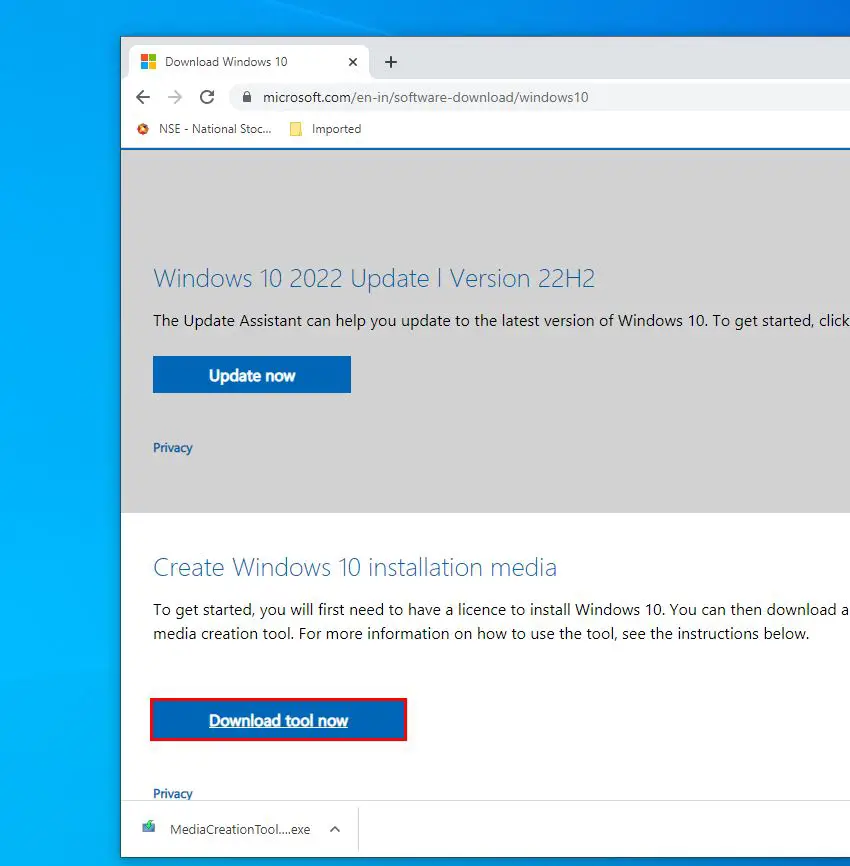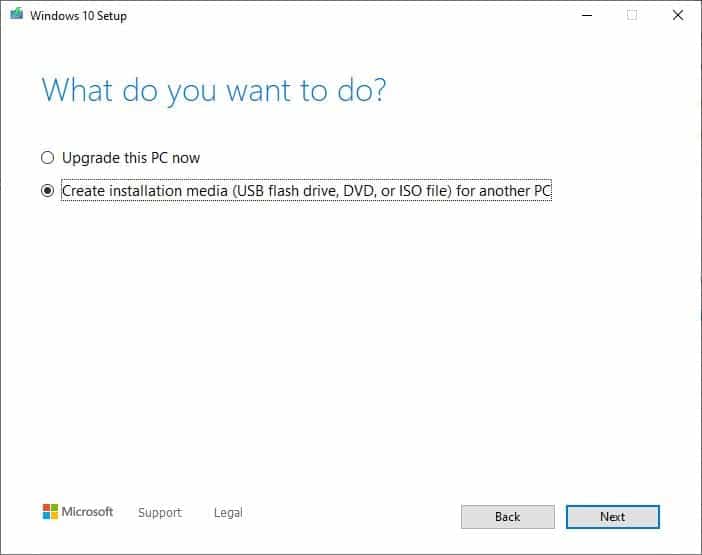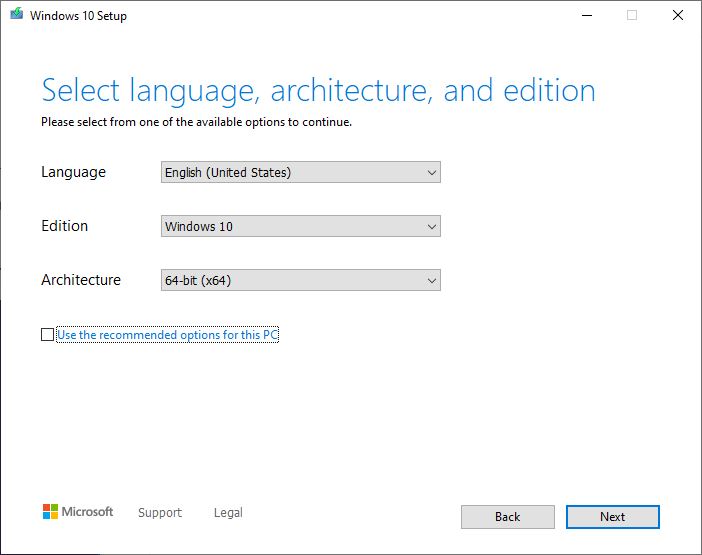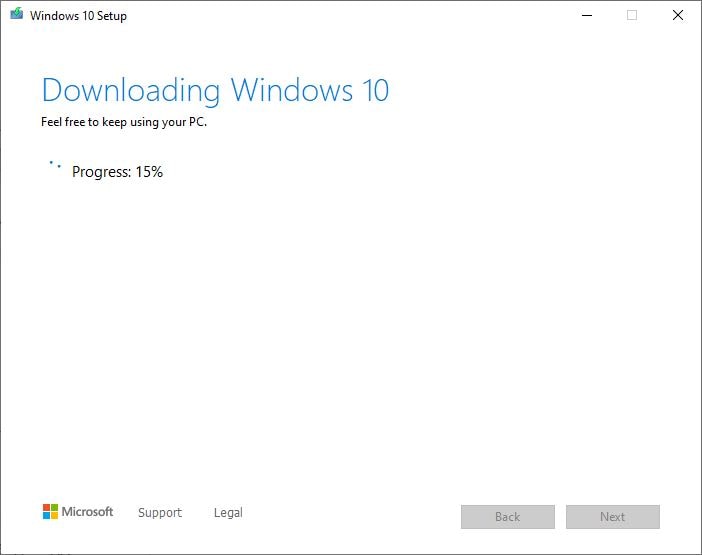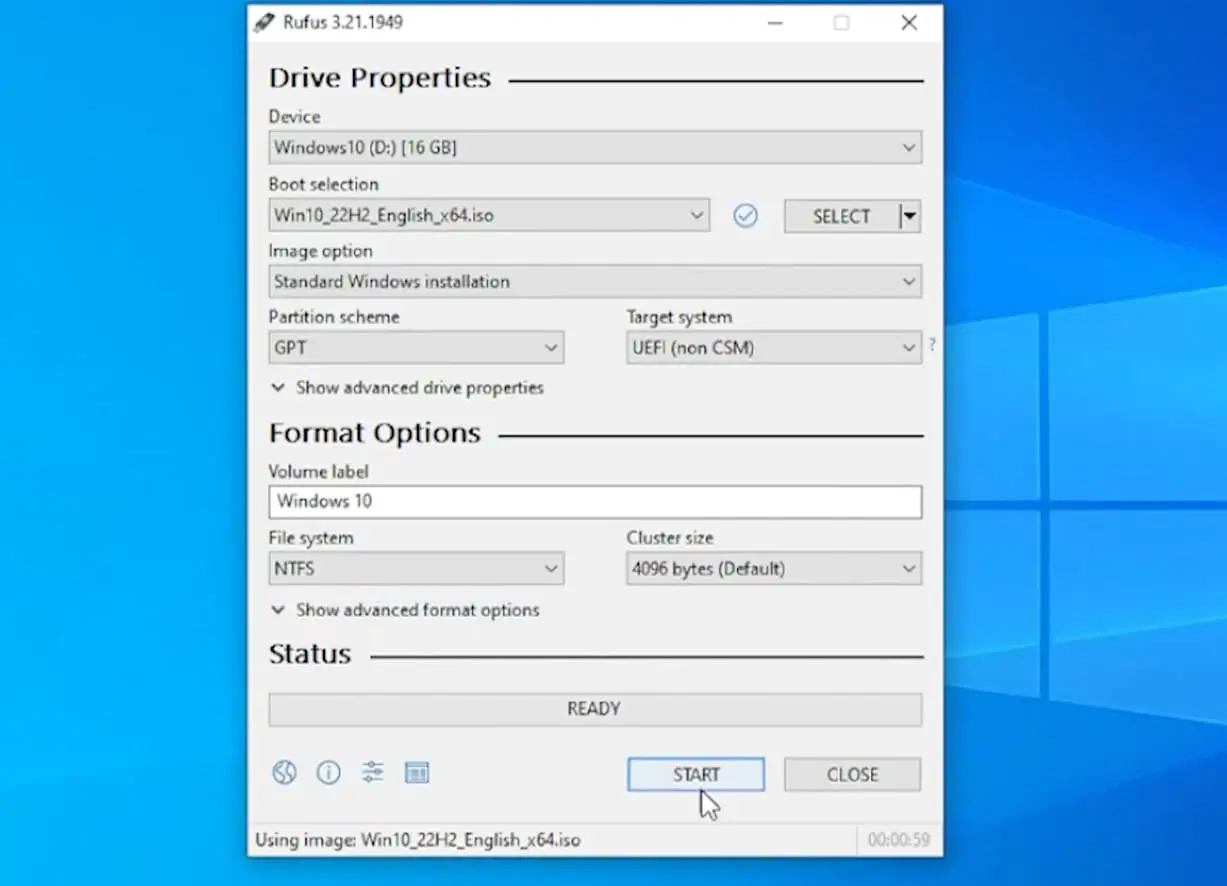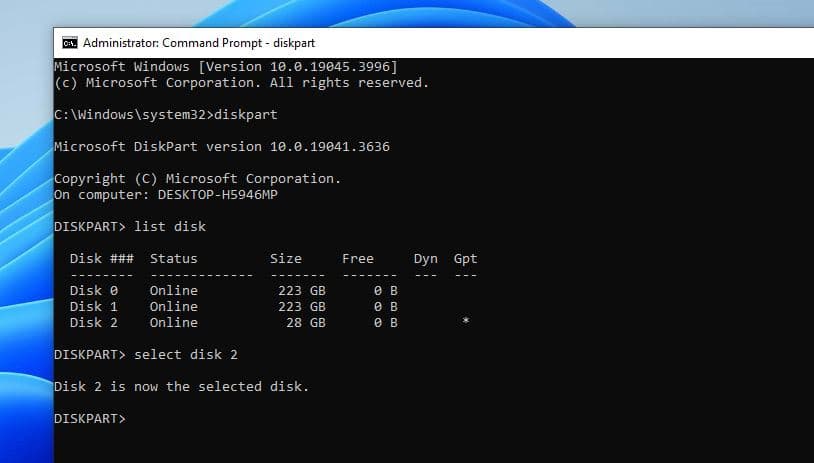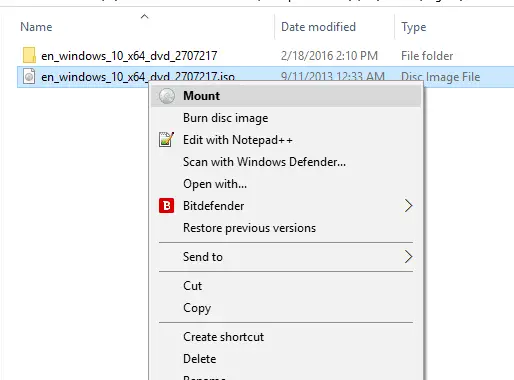Windows 10 Installation Media, also known as a bootable USB drive, contains all the necessary files to install or repair Windows 10 on a computer. You can use the Windows 10 bootable USB to Upgrade existing Windows installation or perform a clean installation of Windows 10. Also In case of system corruption or malfunction, booting from Windows installation media allows access to repair tools like Startup Repair or System Restore. You can use the Official media creation tool or a third-party tool like Rufus to create Windows 10 bootable USB drive. Let’s explore the Usage of Windows 10 Installation Media and how to create one that can be used for repair or clean install Windows 10.
Usage of Windows 10 Installation Media
The primary purpose of Windows 10 installation media is to install the operating system on a computer. This is useful when setting up a new PC or performing a clean installation to refresh the system.
Also using Windows installation media you can upgrade existing Windows operating systems such as Windows 7 to Windows 10. This is beneficial for users who want to take advantage of the latest features and security updates.
Installation media enable access to advanced recovery options, including System Restore, Startup Repair, and Command Prompt. These tools can help diagnose and fix common system issues such as boot failures, corrupted system files, and startup problems.
Again if Windows needs to be reinstalled due to issues like virus infections or performance degradation, installation media facilitates the process.
How to Create Windows 10 Installation Media
You can use the official media creation tool to create Windows 10 installation media but need to ensure connected to a stable internet connection as it downloads Windows 10 files from the Microsoft server.
Also, you need a USB flash drive with at least 8 GB of storage capacity, Make sure to back up any data on the drive as it will be formatted during the process.
Also, you can use third-party popular tools like Rufus to create bootable USB for Windows 10. But for this step, you need a Windows 10 ISO file, which can be downloaded from the official Microsoft website.
Using Media Creation Tool (Official)
Media Creation Tool is the official and recommended way to download or create Bootable USB For Windows 10. It simplifies the process and ensures you have the latest version of Windows 10. You can Follow the steps below to create Windows 10 installation media using the Media Creation Tool.
- First Insert The USB Drive into the computer, Visit the official Microsoft website and download the Media Creation Tool to a Windows computer.
Note: You need to click on Download tool now next to create Windows 10 installation media, this will download the media creation tool.
- Once downloaded, run the Media Creation Tool by double-clicking on the downloaded file. Click yes if UAC prompts for permission,
- You Must Accept the Terms and Conditions to proceed future,
- On the Next screen Select the Create installation media (USB flash drive, DVD, or ISO file) for another PC option and click next.
- Now on the next screen, the language, architecture, and edition will be selected automatically based on your computer configuration.
- Note: You can clear Use the recommended options for this PC option to select the appropriate settings if you’re trying to use the media on another device.
- We recommend Select Architecture for both So that we can use the USB for 32-bit and 64-bit Windows installation purposes.
- Click Next and select the USB Flash Drive option. Again click Next and select the removable drive from the list.
- That’s All When you click next the Media Creation Tool Will Start Windows Downloading ( it will take time depending on your internet connection speed ).
- After That, you see Creation Windows 10 media Wait Until 100% Complete the process,
- Then after finishing the process and Now you can use the USB drive for Windows installation or Upgrade purposes.
Using Rufus (Third party Tool)
Rufus is a popular third-party utility that allows you to create bootable USB drives from ISO images, including Windows 10 installation files. It offers advanced options and customization settings for experienced users. Follow the steps below to create Windows 10 installation media using Rufus.
- First Download Rufus from the official website here and run the application.
- Insert a blank USB drive with at least 8 GB of storage capacity into your computer.
- In Rufus, select the inserted USB drive from the Device dropdown menu.
- Click on the “Select” button next to the “Boot selection” section and choose the Windows 10 ISO file you want to use.
- Next Under “Filesystem” and “Cluster size,” leave the default settings.
- Leave the partition scheme and file system as default (usually “MBR partition scheme for BIOS or UEFI”), and click on Start.
- Rufus will prompt you with a warning that all data on the USB drive will be destroyed. Click OK to proceed.
- Rufus will begin creating the bootable USB drive with Windows 10 installation files. Once done, you’ll have a bootable USB drive ready for use.
Using Command Prompt (For advanced users)
For users comfortable with command-line interfaces, Command Prompt provides a manual method to create Windows 10 installation media. While it requires more manual input, it offers full control over the process. Follow the steps below to create Windows 10 installation media using Command Prompt.
- Press the Windows key, type cmd right click on the command prompt Select run as administrator.
- Type diskpart and press Enter to open the DiskPart utility.
- Type list disk and press Enter to display a list of disks connected to your computer.
- Identify the disk number of your USB drive and type select disk <disk number> (e.g., select disk 1) and press Enter. for me it’s disk 2.
- Type clean and press Enter to remove all partitions and data from the USB drive.
- Type create partition primary and press Enter to create a primary partition on the USB drive.
- Type select partition 1 and press Enter to select the newly created partition.
- Next type command format fs=ntfs quick and press Enter to format the partition with the NTFS file system quickly.
Next, we need to Set Partition Active, Type active and press Enter to set the partition as active. And finally, Type exit and press Enter to exit the DiskPart utility.
- Locate the Windows 10 ISO file, right-click on it select the Mount option.
Now Copy all files from the mounted ISO to the USB drive, Once the files are copied, the USB drive becomes bootable with Windows 10 installation media.
Also, Read

